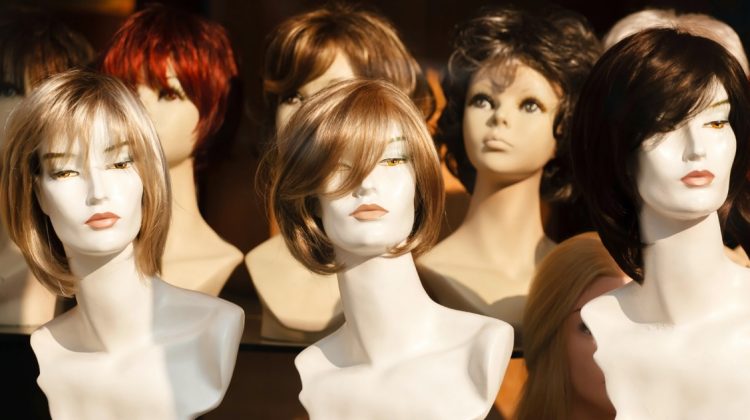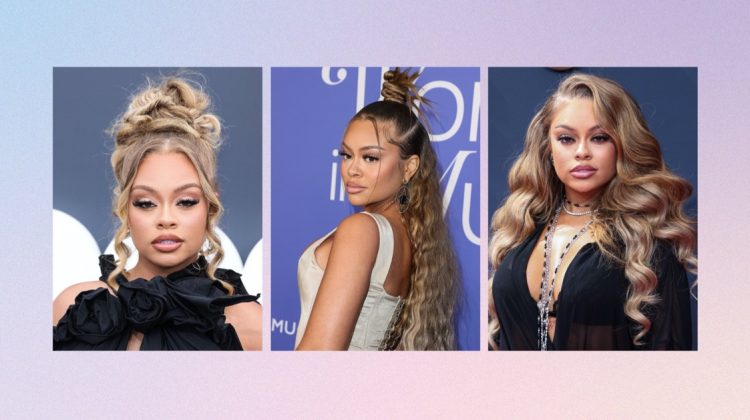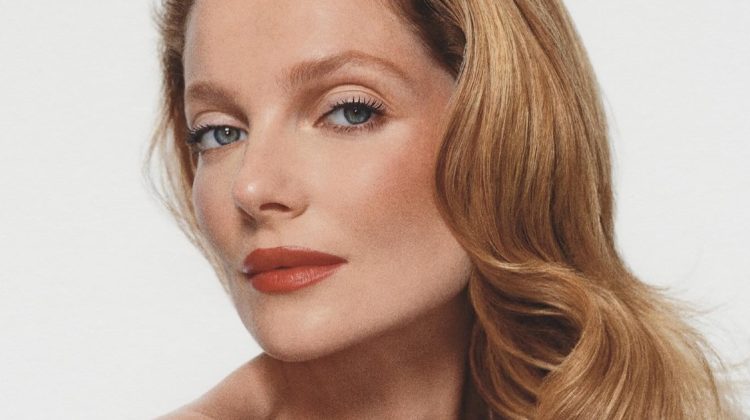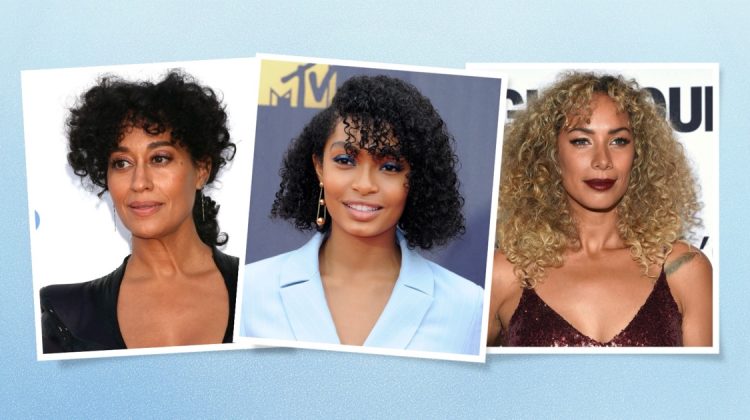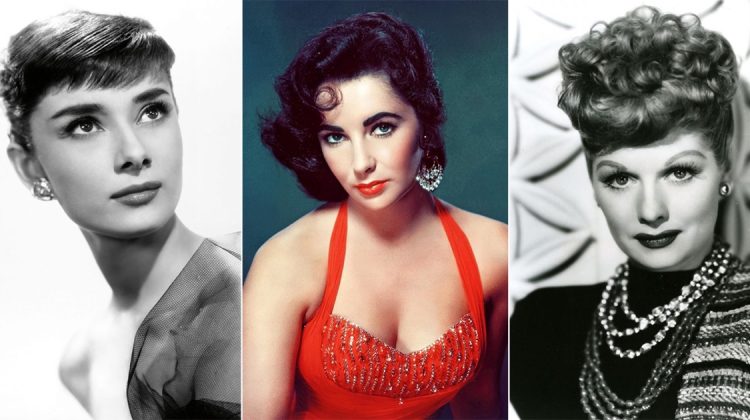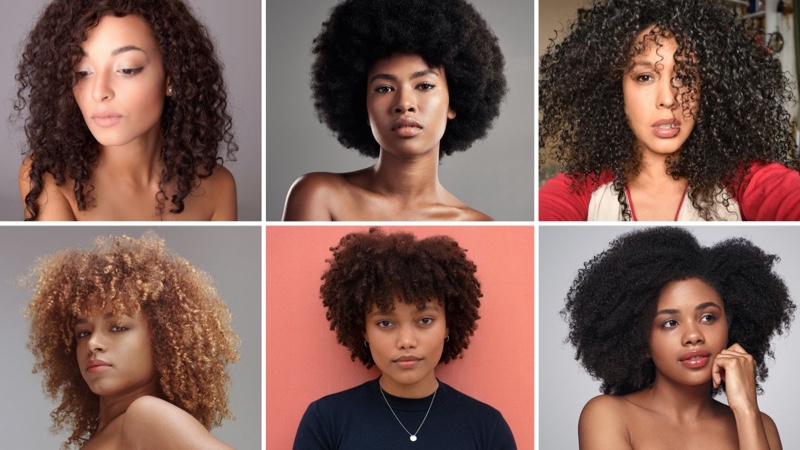
Understanding the diversity of Black hair types is fundamental for those seeking to nurture and style their hair effectively. Whether you are a woman with an afro, curly strands, or anything in between, recognizing the specific characteristics of your hair type is crucial.
With varying textures and curl patterns, Black hair can range from loose curls to tight coils, each requiring a distinct approach to care and styling. These nuances involve specific techniques that ensure your natural locks remain healthy and vibrant.
Black Hair Types
Black hair is classified into two main categories: coily (type 4) and curly (type 3). Each type has three subcategories labeled A, B, and C. As you look for your hair type, be mindful that you can have a mixture of hair types rather than just one uniform pattern.
Characteristics of Type 4 Hair
Type 4 hair, also known as coily or kinky, often features significant shrinkage due to its tight curl pattern. This is a result of the shape and angle of the hair follicles. From tight ringlets to undefined textures, there is variety when it comes to type 4 hair.
Type 4A
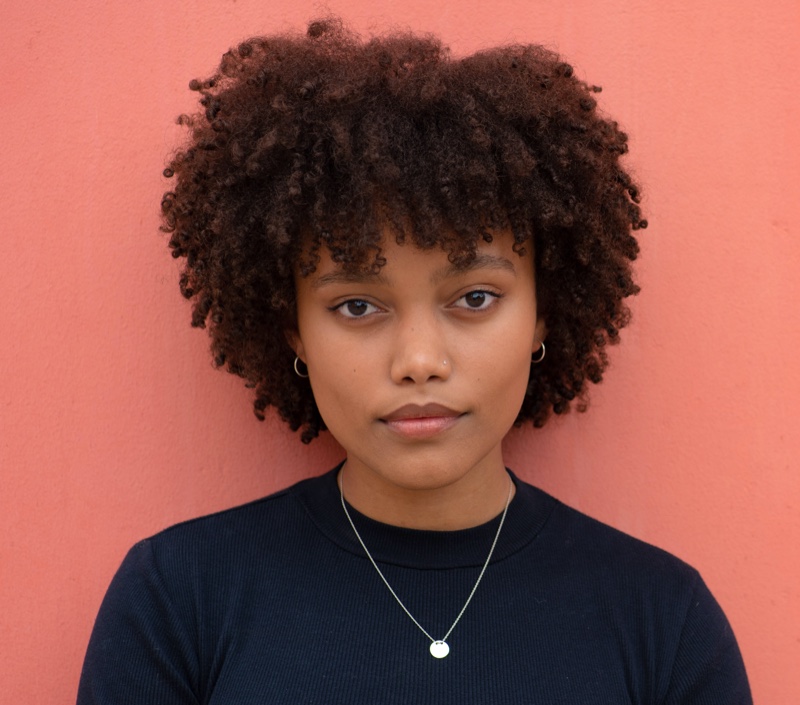
This hair is tightly coiled with a defined S-shaped curl pattern. The curls are springy and retain moisture fairly well but require significant hydration. This type demonstrates a clear curl pattern that ranges from fine to wiry. Often confused with type 3C hair, 4a has a more zig-zag pattern and tighter curl.
Type 4B
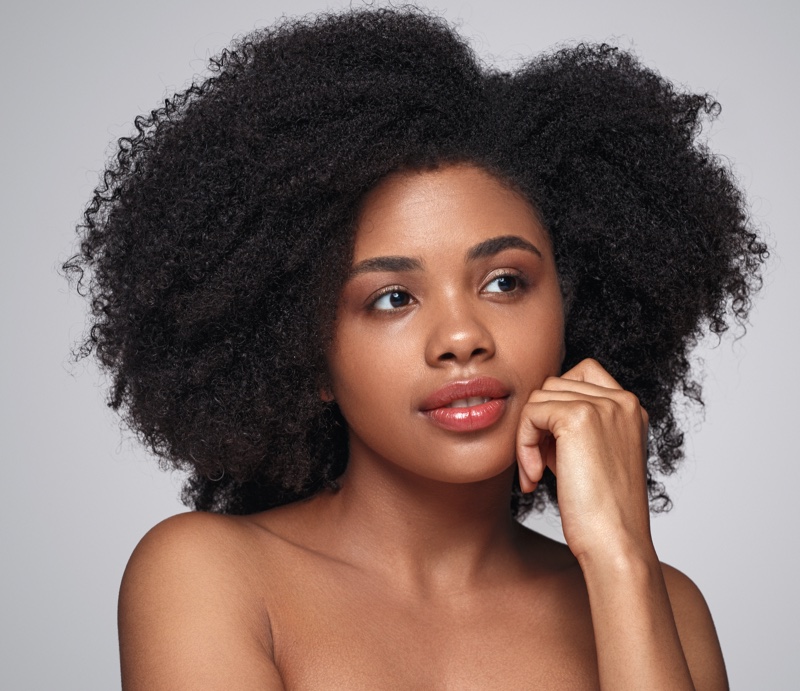
This type has a tighter Z-shaped pattern with less definition and a more cotton-like feel. The hair bends in sharp angles and can be very fragile. Type 4B hair tends to retain moisture less efficiently than 4A, leading to increased susceptibility to dryness and breakage.
Type 4C
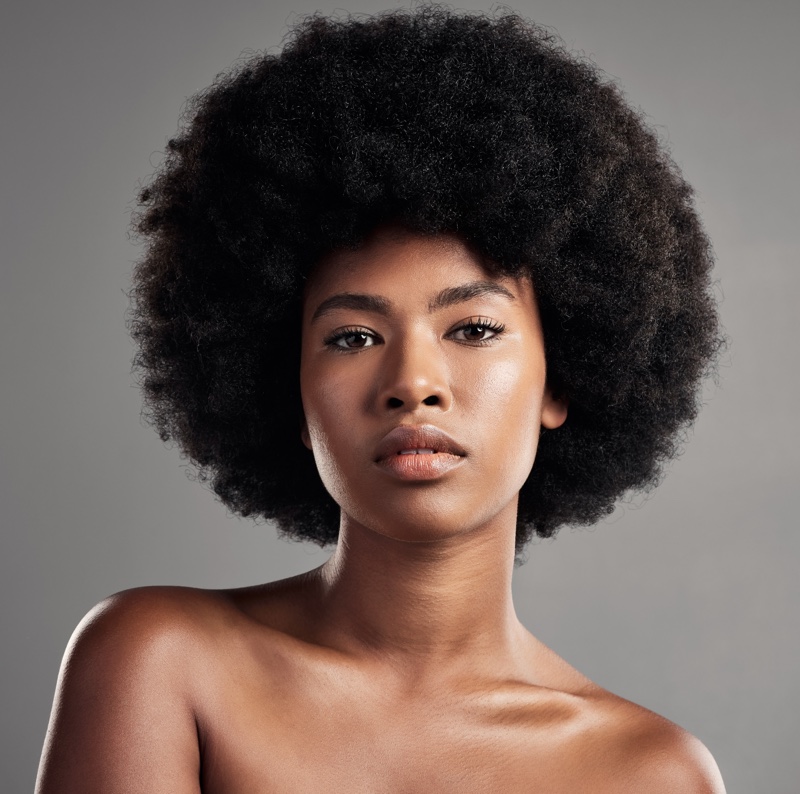
This hair has no defined curl pattern and instead forms tight kinks or coils. It is the most fragile of the types, with strands that can shrink up to 75% of their length. This type is particularly prone to dryness and requires significant moisture and gentle handling to prevent damage.
Characteristics of Type 3 Hair
Type 3 hair is defined by its distinct curl pattern, which ranges from loose, wavy curls to tight, springy curls. Understanding the characteristics of each subtype-3A, 3B, and 3C-is essential to ensure proper care and styling.
Type 3A
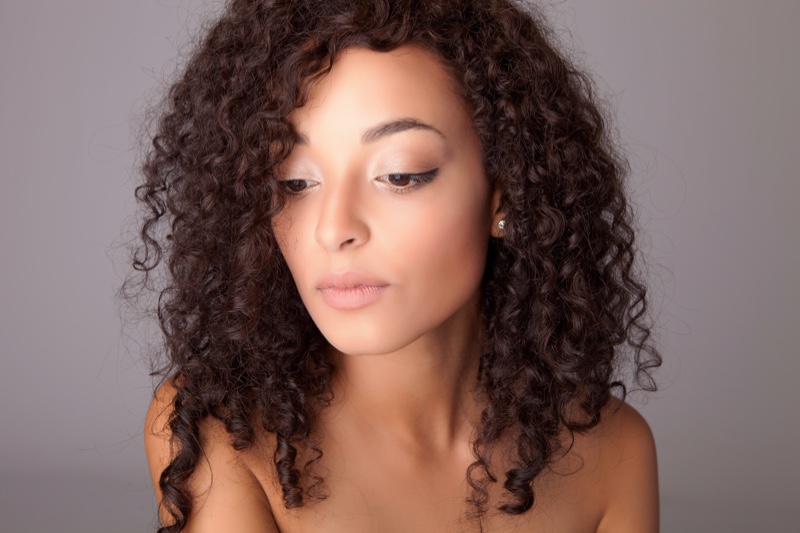
Type 3A hair typically features large, loose curls with a circumference similar to a piece of sidewalk chalk. The curls are well-defined and springy. This hair type tends to have a fine to medium texture with a shiny appearance. It’s generally softer and less dense than other curly types.
Type 3B
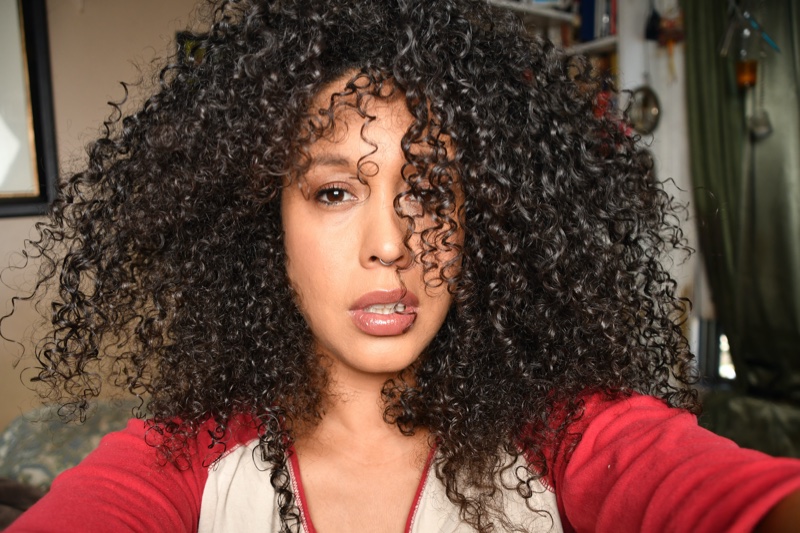
The curls in 3B hair are tighter and more defined, with the circumference of a Sharpie marker. Curls have a springy volume and may have a combination of textures. This subtype has a medium texture, with strands ranging from bouncy ringlets to tight corkscrews. It is more prone to dryness than 3A.
Type 3C
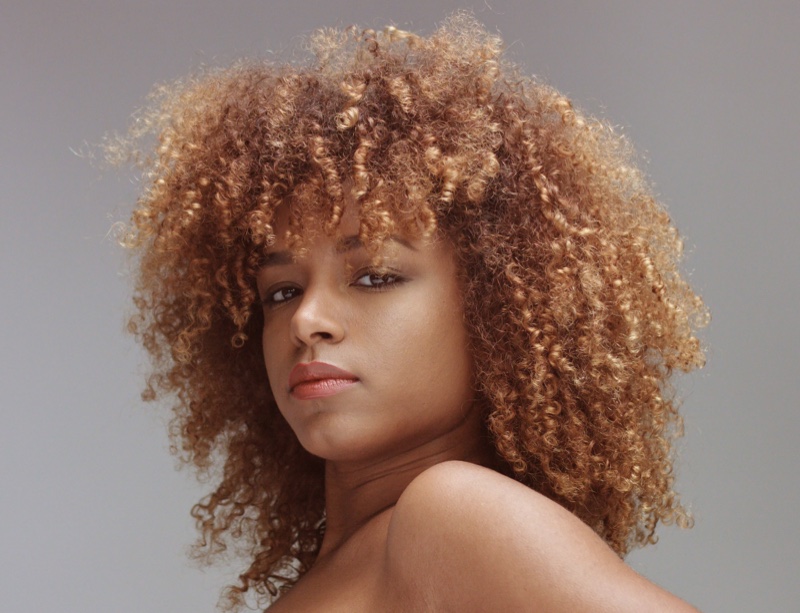
Type 3C hair features tight curls or coils that resemble corkscrews and have the circumference of a pencil or straw. The curl pattern is more densely packed, giving a voluminous appearance. This hair type has a thicker texture and is the most prone to dryness within the curly category.
Understanding Porosity
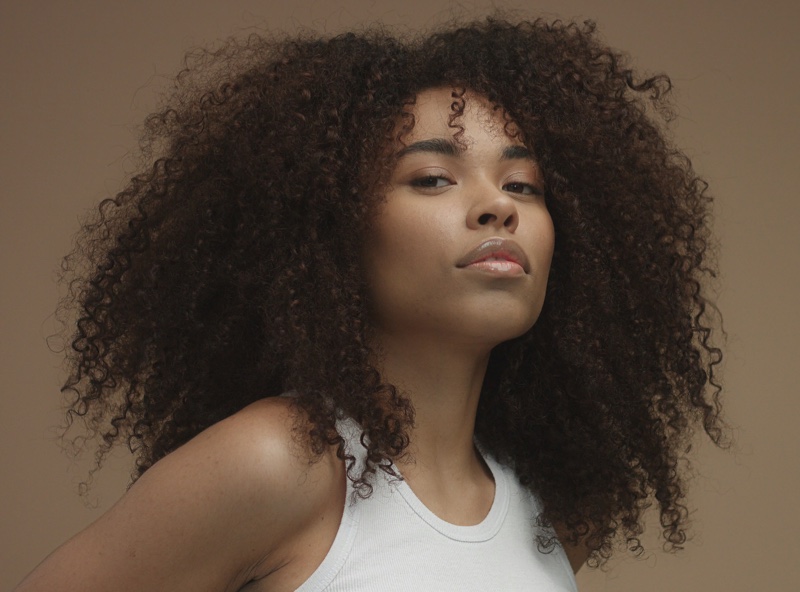
Porosity is a critical yet often overlooked aspect of black hair care, impacting how well hair absorbs and retains moisture. It’s vital for determining the effectiveness of products and overall hair health.
Low porosity hair resists moisture but retains it once absorbed, while high porosity hair absorbs moisture quickly but fails to hold it, risking dryness and damage.
Assessing and Managing Your Hair’s Porosity Levels
Understanding your hair’s porosity enables you to tailor your hair care regime for optimum results. A simple way to assess porosity is the float test: drop a strand of clean hair in a glass of water.
If it sinks quickly, you likely have high porosity hair. If it floats for a while before sinking, you have medium porosity. If it stays afloat, you probably have low porosity hair.
- For low porosity hair, use heat to open up the cuticles for better moisture absorption and choose lightweight oils like argan or jojoba that won’t easily build up.
- For medium porosity hair, maintain a balanced routine with occasional protein treatments to preserve its natural health.
- For high porosity hair, focus on moisture-rich products and consider regular protein treatments to strengthen and seal the cuticles.
Common Issues
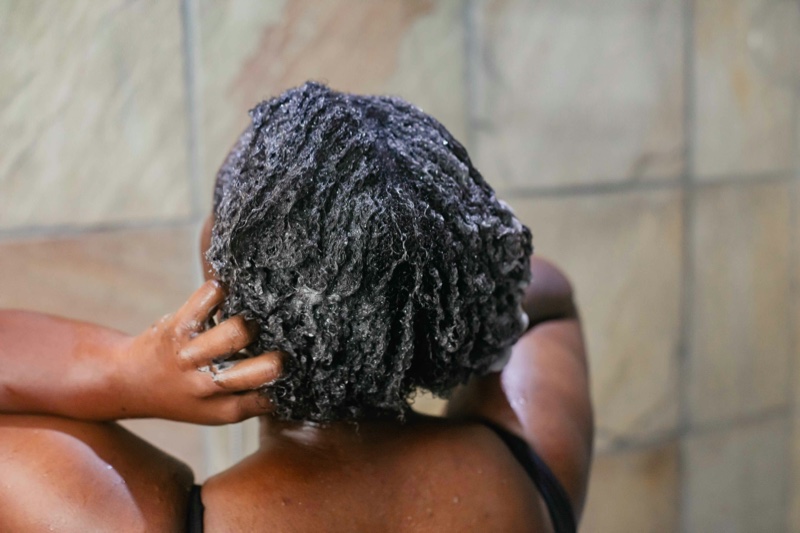
With its unique structure and curl pattern, Black hair often faces specific challenges that can impact its health and appearance. Knowing these issues is the first step toward effective prevention and treatment.
Frizz
Frizz in hair can result from several factors, including humidity, damage, and lack of moisture. The raised cuticles on dry or damaged hair allow moisture from the air to enter, causing the hair to swell and frizz.
To prevent frizz, maintain a regular moisturizing routine using leave-in conditioners, hair oils, and creams. Protective styles can also help minimize exposure to environmental factors that contribute to frizz.
Using anti-humectant products can protect hair from moisture in the air.
Damage
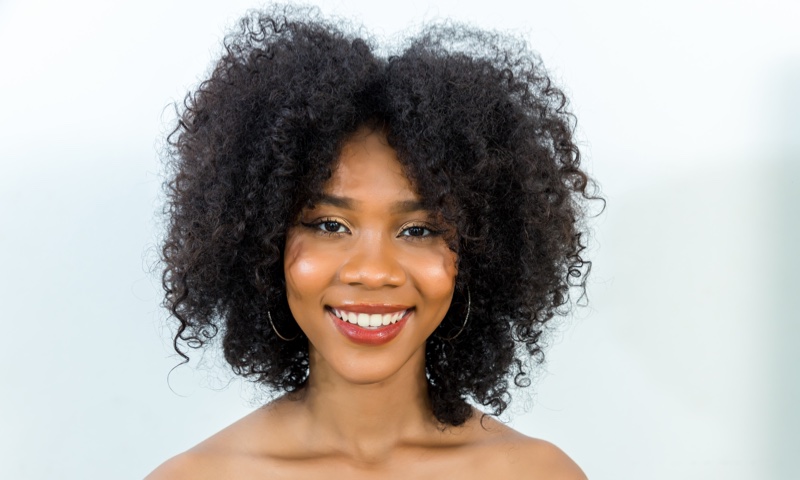
Damage can occur through heat styling for straight hair, chemical treatments, excessive manipulation, and environmental stressors. This damage can manifest as split ends, breakage, and weak strands.
Minimize the use of heat styling tools and opt for heat-free styling methods when possible. Avoid over-washing, which can strip hair of natural oils, and use gentle, sulfate-free shampoos. Regularly trim the ends to prevent split ends from worsening.
Dryness
The natural oils produced by the scalp have difficulty traveling down the length of curly and coily hair, leading to dryness. Environmental factors like wind and sun can also contribute to dry hair.
Regularly moisturize hair with water-based products followed by oils or butters to seal moisture. Deep conditioning treatments can help restore hydration. Covering your hair with a silk or satin scarf or using a satin pillowcase at night can also prevent moisture loss.
Lack of Moisture Retention
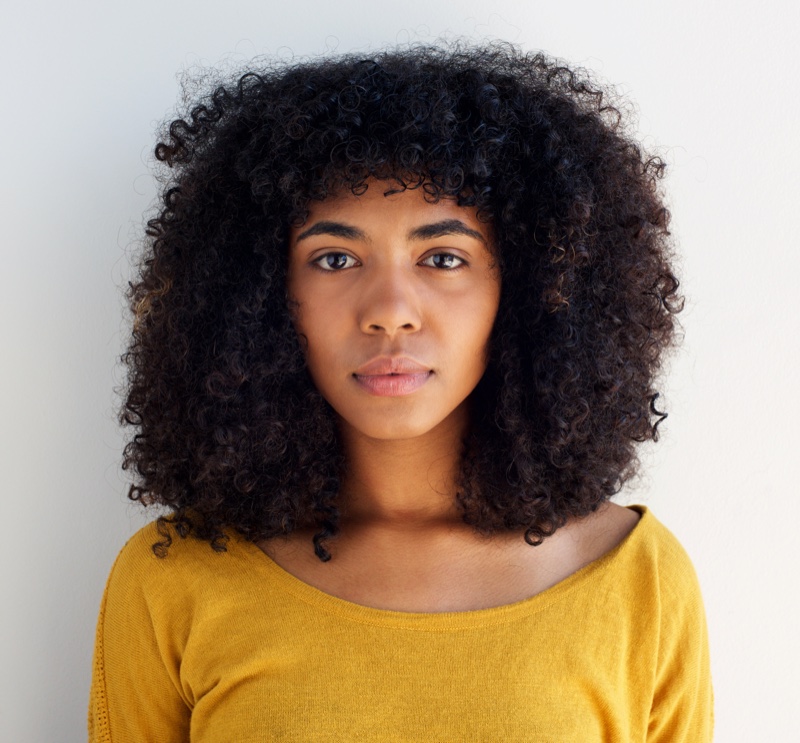
Even when adequately moisturized, certain hair types may struggle to retain moisture due to their porous nature and curl shape.
Implement the LOC (liquid, oil, cream) or LCO (liquid, cream, oil) method to layer products and effectively lock in moisture. Choose products specifically formulated for your hair type, and consider using leave-in conditioners and natural oils.
Density & Scalp Access
High-density hair can make it difficult to evenly distribute products and reach the scalp, leading to uneven moisture levels and potential scalp issues.
Part your hair into sections before applying products to ensure even distribution. Use a scalp massager or your fingers to work products into the scalp and promote circulation.
Hairstyling & Maintenance
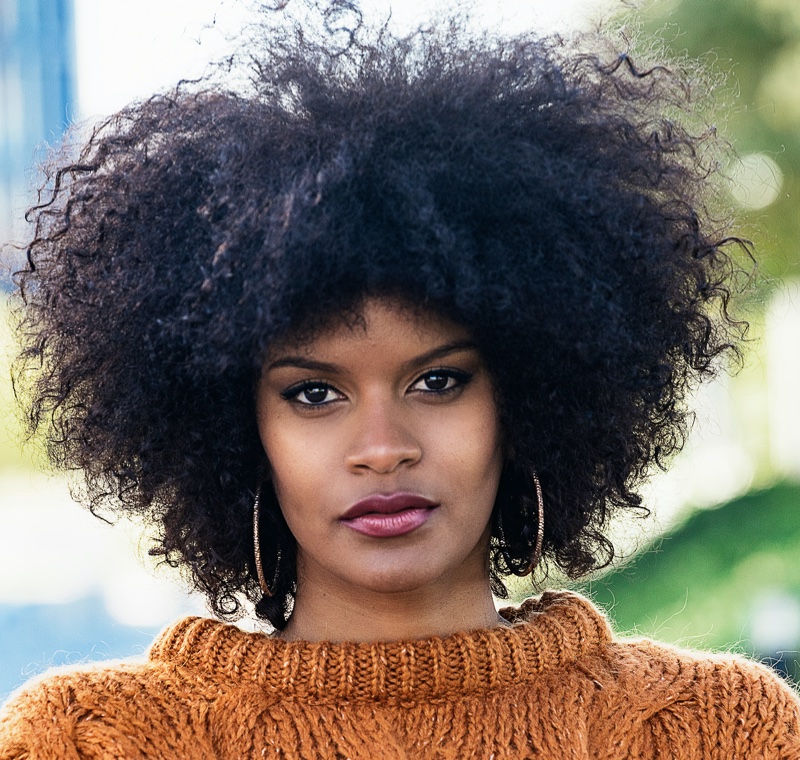
Proper hairstyling and maintenance are essential for the health and appearance of Black hair. The proper techniques and practices can enhance your hair’s natural beauty while minimizing damage and promoting growth.
Choosing the Right Hairstyles
Protective Styles: Opt for hairstyles that protect the ends of your hair from damage and help retain length. Braids, twists, updos, and wigs are excellent protective styles that reduce daily manipulation and exposure to environmental stressors.
Style Selection: Consider your hair’s texture, length, and health when choosing a style. Avoid styles that put too much tension on the hair and scalp, as this can lead to breakage and hair loss.
Maintenance Tips for Hairstyles
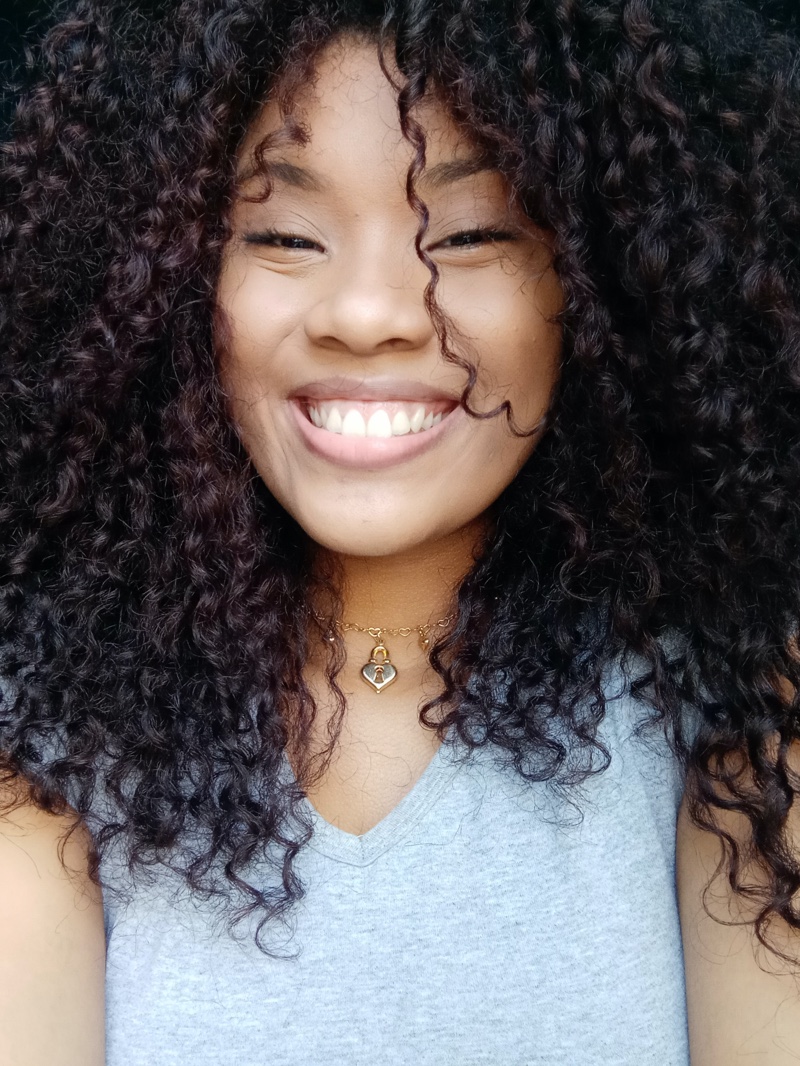
Regular Upkeep: Maintain your hairstyle by keeping the scalp clean and moisturized. Use a gentle, sulfate-free shampoo and follow up with a moisturizing conditioner.
Nighttime Care: Protect your hair at night by sleeping on a satin or silk pillowcase or by wrapping your hair in a silk or satin scarf. This helps prevent breakage, tangling, and moisture loss.
Refreshing Styles: Learn how to safely take down protective styles and refresh your hair as needed with a spray. Be gentle to avoid causing damage during the process by putting oil on your fingers to avoid breakage.
Routine Hair Handling
Detangling: Use a wide-tooth comb or special brush to gently detangle your hair, starting from the ends and working your way up to the roots. Detangle when the hair is damp and conditioned to minimize breakage.
Trimming: Regularly trim your ends to remove split ends and prevent further splitting. Trimming helps maintain your hair’s health and appearance.
Crowning Glory
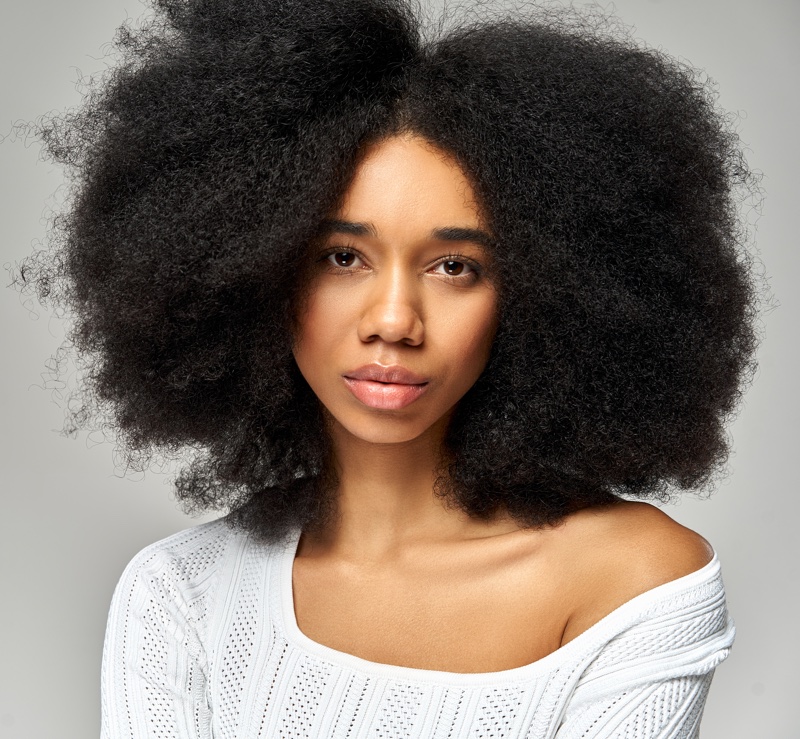
The intricate world of Black hair types requires thoughtful consideration of care and styling methods. Consulting a professional hairstylist can provide personalized guidance, ensuring your routine aligns with the unique characteristics of your hair type.
Understanding your hair’s specific needs will allow you to embrace the unique curl pattern of your hair and explore diverse styles and products. Each strand tells a story of your individuality, so cherish and nurture it with the respect it deserves.

